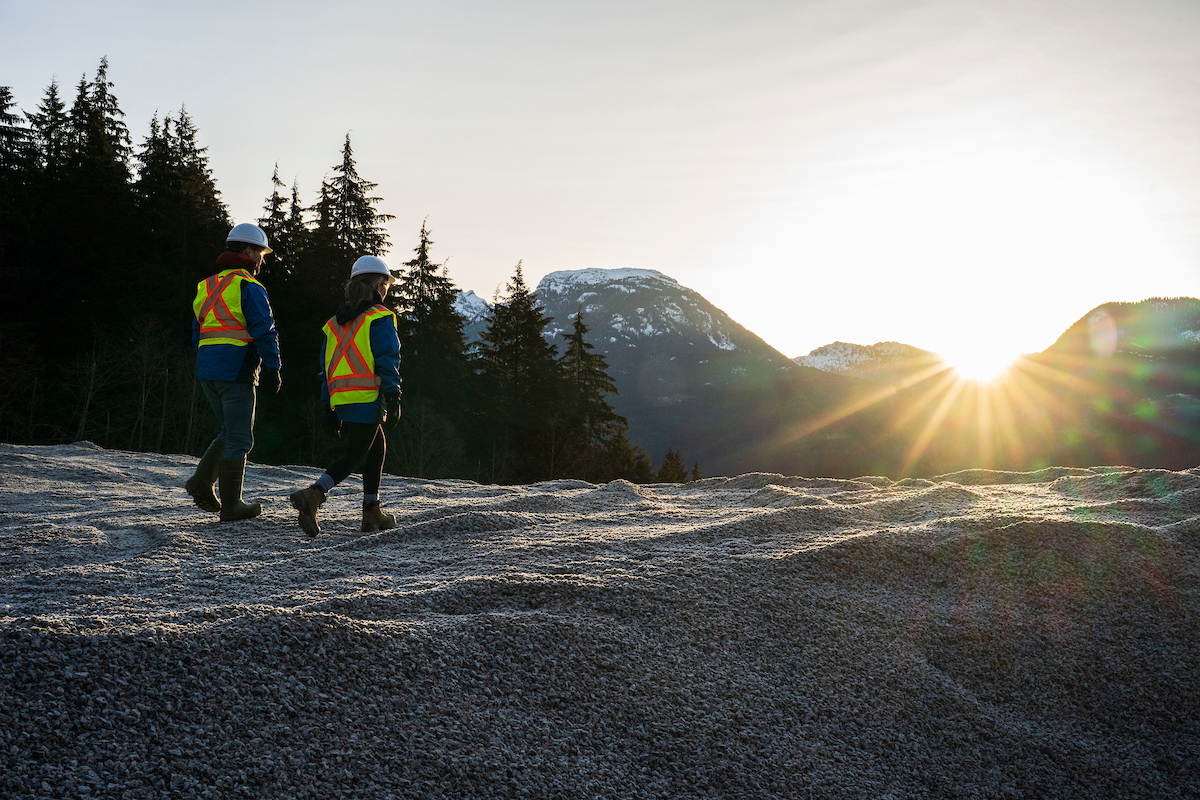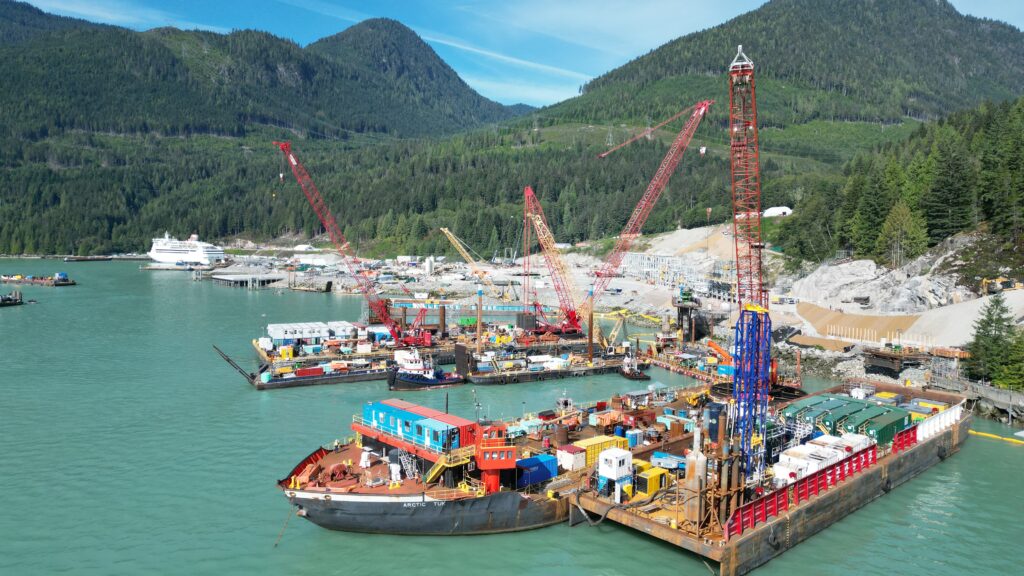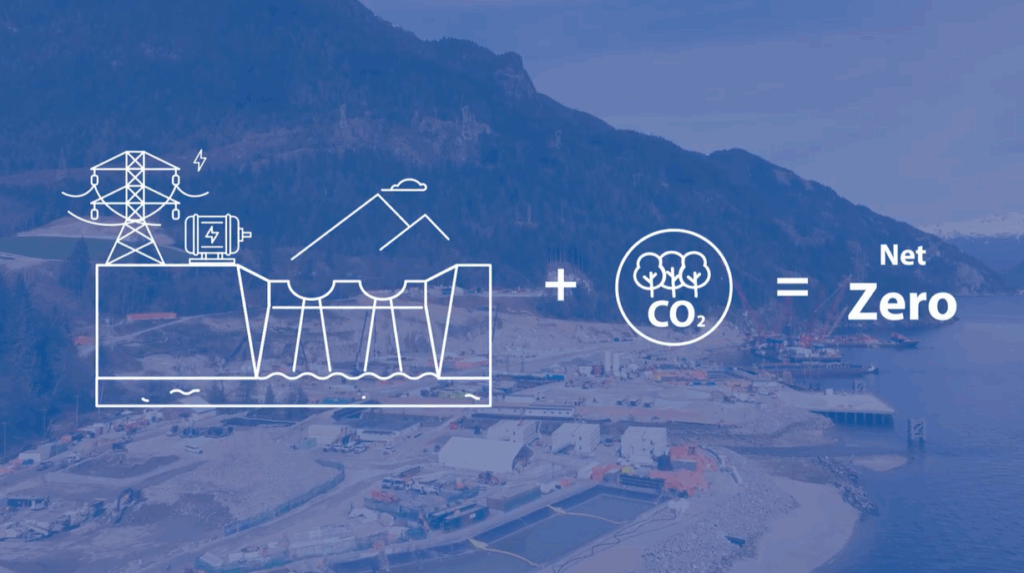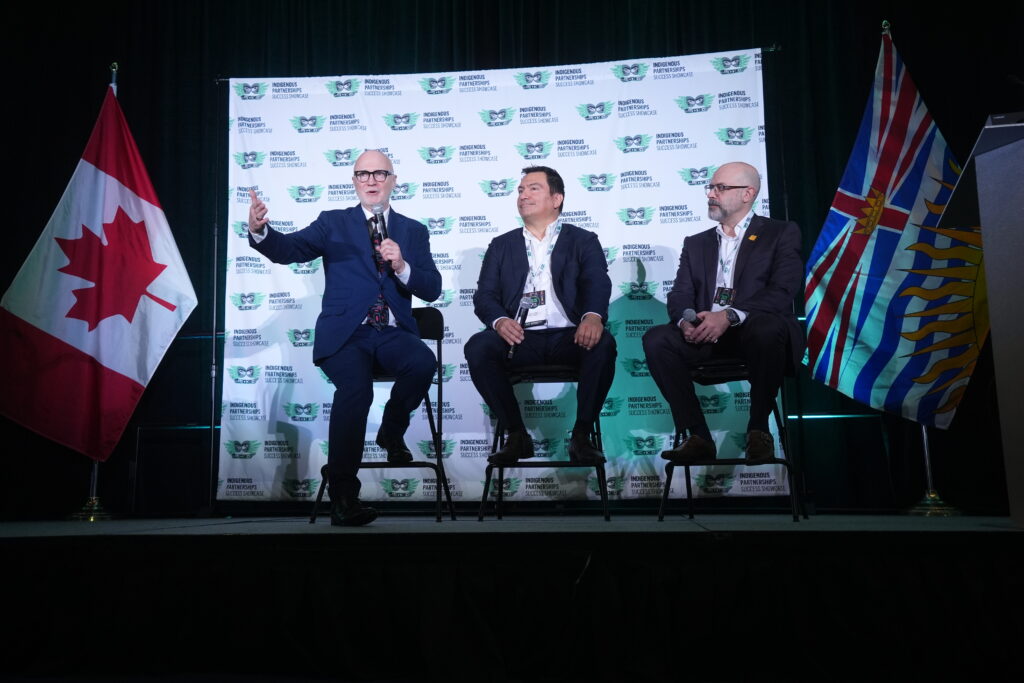News & Insights
Indigenous-Led Partnership: Woodfibre LNG and Squamish Nation in Focus at the Vancouver Board of Trade
Oct 17, 2025
When Luke Schauerte, Chief Executive Officer of Woodfibre LNG, recently took the stage at the Vancouver Board of Trade’s Indigenous Opportunities Forum, he opened with a simple but powerful message:
“Before you build a project, you need to build a relationship.”
This concept, which shaped Luke early in his career, is reflected in the foundation of Woodfibre LNG’s partnership with the Sḵwx̱wú7mesh Úxwumixw (Squamish Nation). Long before major construction began, the project focused on building a strong, trust-based relationship with the Nation. Today, that commitment has resulted in a first-of-its-kind regulatory model, workforce initiatives, and business partnerships that set a new standard for how resource projects can and should be developed in Canada.
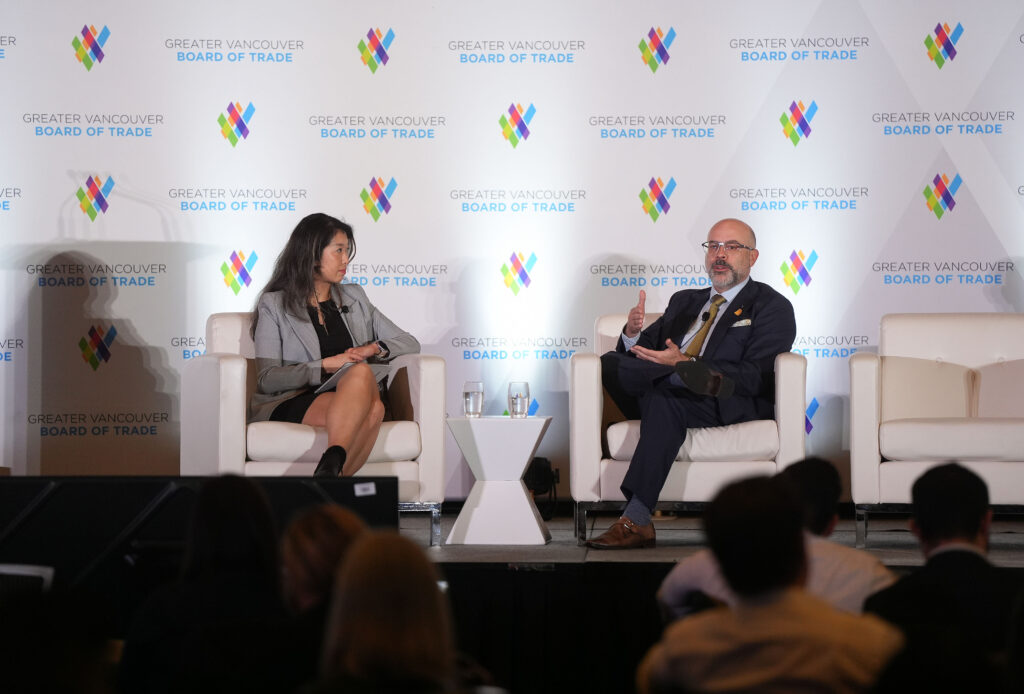
A First-of-Its-Kind Regulatory Partnership
Luke emphasized that the partnership begins with the Squamish Nation’s authority as regulator, not with economics or construction. That authority, established through a legally binding Environmental Assessment Agreement, ensures that project decisions reflect Indigenous priorities and environmental stewardship.
Through this agreement, the Nation holds oversight responsibilities alongside the BC Environmental Assessment Office, ensuring that Woodfibre LNG complies with environmental management plans and agreed-upon conditions throughout development and operation.
This shared governance structure embeds Indigenous oversight directly into decision-making. As Luke told the forum, this model leads to better decisions, stronger safeguards, and deeper trust than conventional approaches. It’s not symbolic; it’s structural.
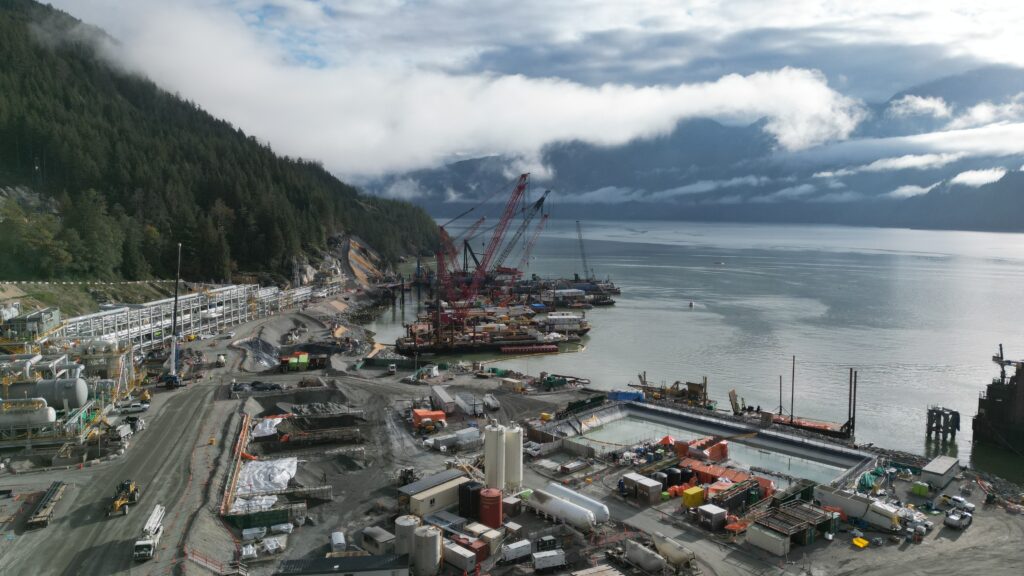
Embedding Indigenous Leadership in Project Design
Squamish Nation leadership has helped shape the project from the outset — influencing choices in air-cooling systems, marine construction methods, and environmental monitoring frameworks. By combining Squamish traditional knowledge with western science, the project and Nation are achieving stronger outcomes than either could alone. Luke highlighted how this collaborative model is changing how major projects are governed and built, and why other proponents should learn from it.
This foundation of shared decision-making has also created space for meaningful economic participation, reflecting how trust built through collaboration translates into long-term opportunity.
Building Economic Opportunity Through Partnership
While the Nation’s regulatory role is distinct, Woodfibre LNG’s long-term relationship has also fostered real economic inclusion for Squamish Nation members and businesses. More than $250 million in contracts have been awarded to Squamish Nation-owned companies, and 179 Indigenous workers are now part of the project’s growing workforce.
Partnership programs such as the Indigenous Operator Training Program — delivered with the British Columbia Institute of Technology and the Squamish Nation Training and Trades Centre — are helping to build lasting career pathways. Several trainees have already joined the operations team, illustrating how early investment in people creates opportunities that endure well beyond project completion.
Relationship-First Development in Practice
The forum brought together business, Indigenous, and government leaders to share practical approaches to advancing reconciliation through partnership. The discussion made it clear that models like Woodfibre LNG’s — grounded in trust, shared governance, and long-term collaboration with the Squamish Nation — are helping to define how we can continue to build both projects and relationships centred in reconciliation.
“When you build a relationship first, you set the foundation for everything else to follow.” – Luke Schauerte, CEO, Woodfibre LNG.
We’re grateful to the Greater Vancouver Board of Trade for creating space for this dialogue, and we remain committed to modelling the kind of relationship-first development that can lead to enduring trust, shared prosperity, and stronger environmental stewardship.
